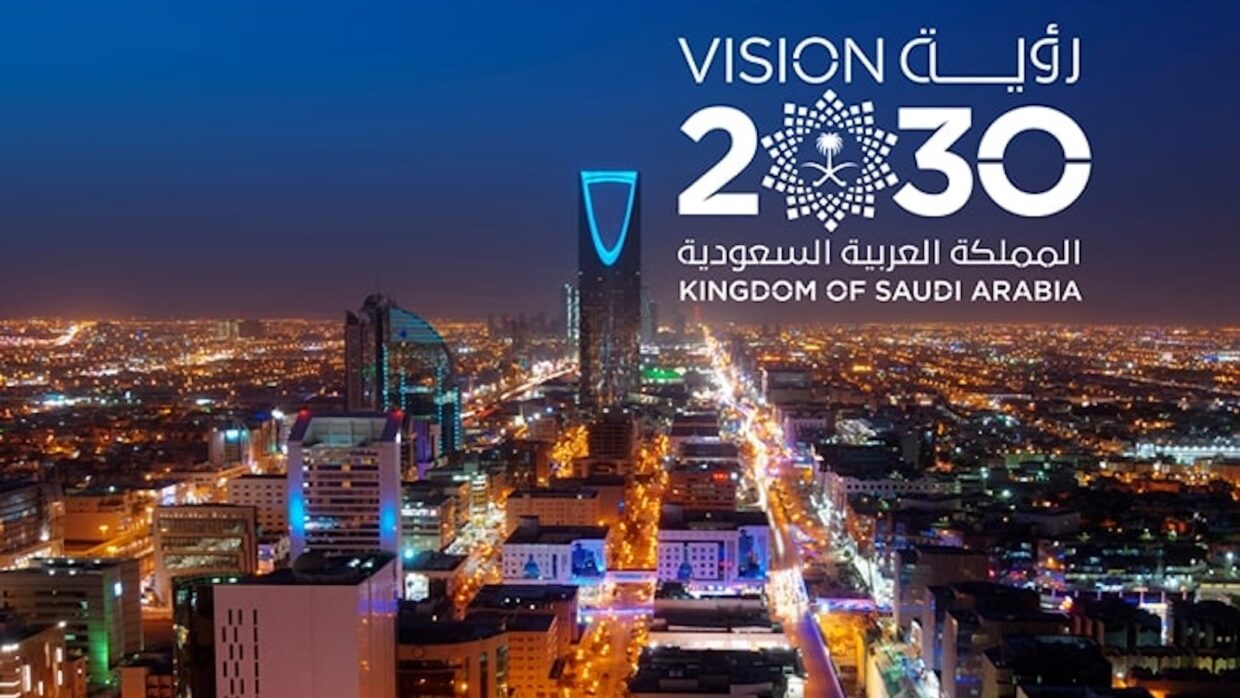
The General Authority of Civil Aviation attributed the surge to a combination of infrastructure upgrades, relaxed travel restrictions, and expanding tourism initiatives aligned with Vision 2030. Passenger traffic recorded a compound annual growth rate of 5.4 per cent between 2016 and 2024, surpassing original projections laid out during the programme’s early years.
King Abdulaziz International Airport in Jeddah, King Khalid International Airport in Riyadh, and King Fahd International Airport in Dammam recorded the largest share of passenger growth, collectively accounting for more than 70 per cent of total air traffic. Riyadh’s King Khalid Airport witnessed the steepest year-on-year rise, handling 41 million passengers in 2024 compared to 23 million eight years ago. Airport expansions and upgrades, including new terminals and improved logistics hubs, contributed significantly to the increased capacity.
Saudi Arabia's aviation authority further reported that international flights accounted for a substantial portion of the total traffic, representing nearly 60 per cent of movements in 2024. Notable gains were observed in traffic between Saudi Arabia and Europe, East Asia, and North America, reflecting strengthened commercial ties and the easing of tourist visa regulations through initiatives like the e-visa system and expanded Saudi Seasons events.
The Vision 2030 framework, unveiled by Crown Prince Mohammed bin Salman, aims to reduce the Kingdom’s dependency on oil revenue by fostering alternative sectors such as tourism, logistics, and entertainment. The civil aviation sector has been identified as a crucial pillar within this strategy, and Saudi authorities have channelled substantial investment into airport infrastructure, airline development, and regulatory reforms.
Riyadh Air, the Kingdom’s newly launched national carrier, also played a pivotal role in enhancing connectivity. Since its inaugural flights, Riyadh Air has opened multiple new routes to Europe, Asia, and Africa, contributing to the overall boost in passenger volumes. Saudia, the country’s flagship airline, and low-cost carriers like flynas and flyadeal, simultaneously expanded fleets and destinations to meet surging demand.
Cargo operations also posted solid growth figures, with air freight volumes rising by 30 per cent since 2016. The expansion of logistics centres at major airports and streamlined customs procedures have helped Saudi Arabia position itself as a regional logistics hub, complementing its ambitions under the National Transport and Logistics Strategy.
Experts note that the country's aviation development strategy emphasises both capacity expansion and service quality enhancements. According to GACA’s latest performance metrics, Saudi airports achieved an 85 per cent on-time performance rate for departures and arrivals in 2024, while passenger satisfaction indices showed measurable improvements following terminal upgrades, digital service adoption, and enhanced amenities.
Tourism authorities have aggressively marketed Saudi Arabia as a global tourist destination, showcasing its cultural heritage sites, Red Sea coastline, and urban attractions like NEOM and AlUla. The successful hosting of events such as the Riyadh Season, Jeddah Season, and the Formula One Grand Prix has significantly boosted foreign visitor numbers, further reinforcing airport passenger growth.
The Kingdom's mega-projects, including the Red Sea International Airport and NEOM International Airport, are scheduled to open in phases over the coming years, which is expected to further drive passenger and cargo volumes. The Red Sea International Airport, designed to handle one million passengers annually in its initial phase, will cater primarily to tourists visiting the Red Sea Project’s luxury resorts.
Saudi Arabia's aviation authorities have set ambitious targets, aiming to attract over 330 million air passengers annually by 2030. This objective would represent more than double the current volumes and require continued investment in fleet expansion, technological upgrades, airspace management, and training programmes for aviation professionals.
To support these goals, regulatory frameworks have undergone significant overhauls, enabling private sector participation in airport operations and fostering partnerships with global aviation firms. For instance, operational contracts for King Abdulaziz International Airport were awarded to international consortiums to leverage global best practices.
Challenges remain in meeting the Kingdom’s aviation aspirations, including maintaining high service standards amid rapid expansion and ensuring that regional airports also benefit from investments. Analysts stress the importance of maintaining a balanced growth strategy that addresses both urban hubs and more remote regions to support equitable economic development.
Topics
Saudi Arabia
